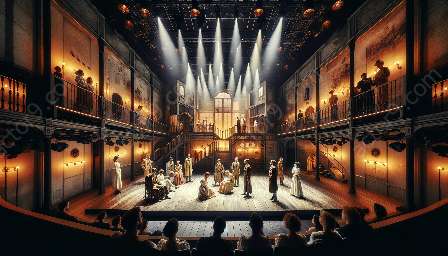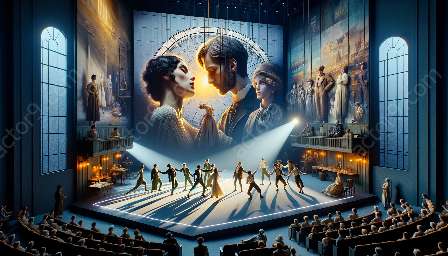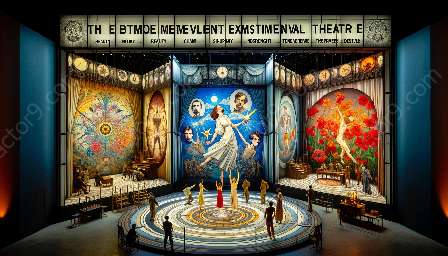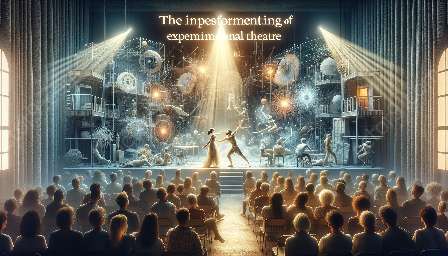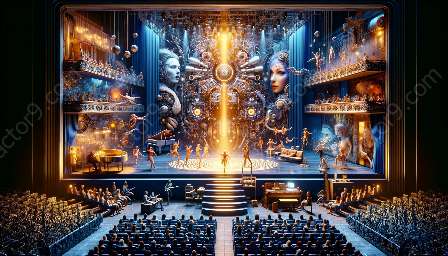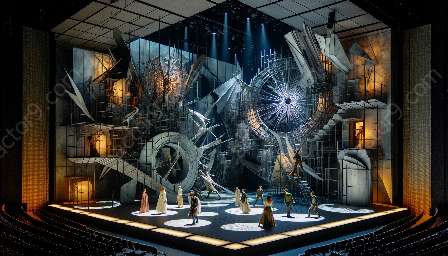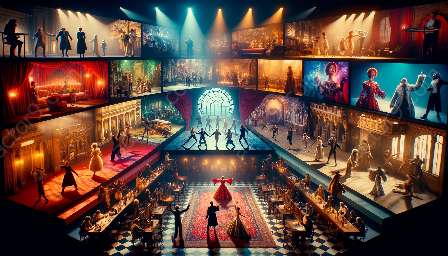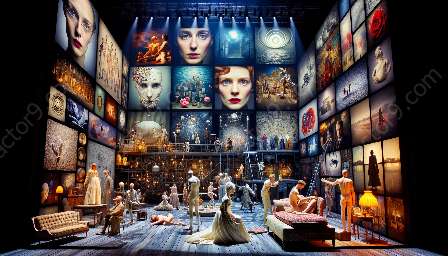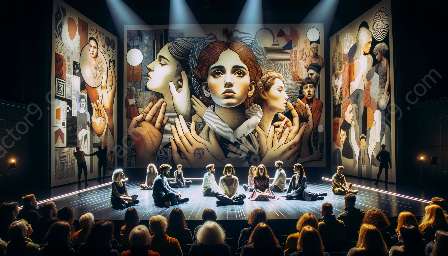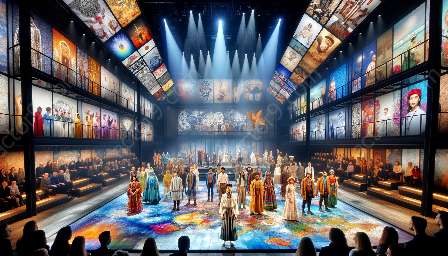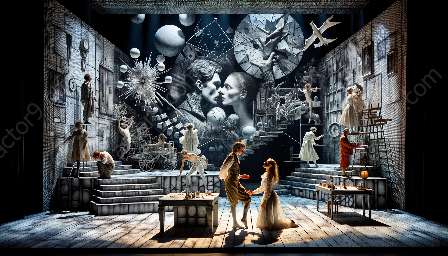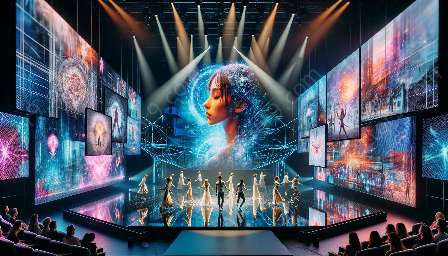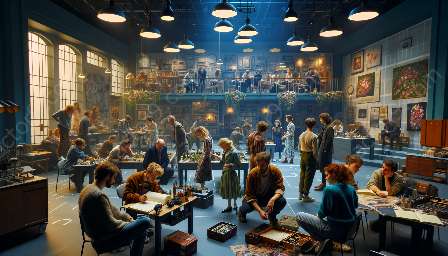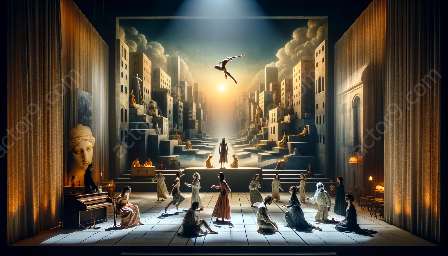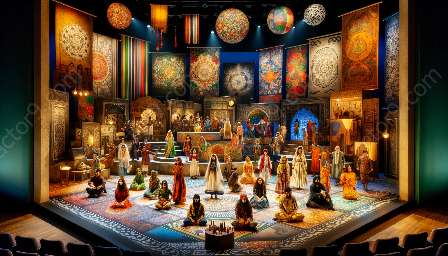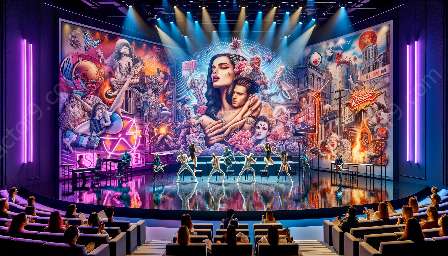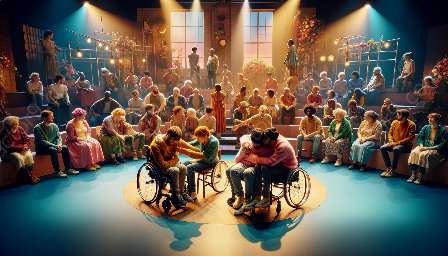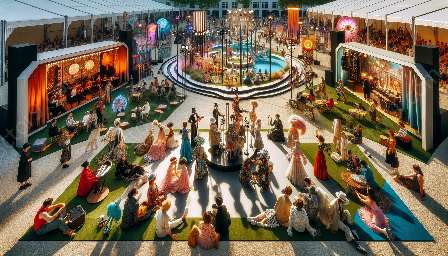Immersive and interactive experiences in collaborative experimental theatre offer an innovative approach to engaging audiences and exploring new forms of storytelling. This topic cluster delves into the various aspects of collaborative approaches in experimental theatre and how they contribute to creating unique and interactive experiences for both performers and audiences.
Collaborative Approaches in Experimental Theatre
Experimental theatre is characterized by its willingness to challenge traditional practices and explore unconventional methods of storytelling. Collaborative approaches in experimental theatre emphasize the involvement of all participants, blurring the lines between performers and audience members. This collaborative process allows for a more inclusive and dynamic theatrical experience, breaking away from traditional hierarchies and providing opportunities for diverse contributions and perspectives.
Incorporating Immersive and Interactive Elements
Immersive and interactive elements play a crucial role in shaping the experience of collaborative experimental theatre. Through the use of multimedia, interactive technology, and spatial design, performers and creators can craft environments that invite audience participation and encourage active engagement. Immersive experiences might involve the audience physically moving through the performance space, interacting with performers, or making choices that impact the unfolding narrative.
Engaging the Senses
Collaborative experimental theatre often seeks to engage all the senses, offering a multi-sensory experience that goes beyond traditional visual and auditory stimuli. By incorporating tactile elements, scents, and tastes, immersive and interactive experiences in experimental theatre create a more holistic and immersive environment. This sensory engagement deepens the audience's connection to the performance and provides a more profound and memorable experience.
Facilitating Meaningful Interaction
Interactive experiences in collaborative experimental theatre allow for meaningful interaction between performers, creators, and audience members. Through participatory storytelling techniques, audience members can become co-creators of the narrative, influencing the direction of the performance and contributing to the collective artistic experience. This collaborative exchange fosters a sense of shared ownership and connection, transforming the theatrical space into a dynamic and inclusive environment.
Exploring Experimental Narratives
Collaborative experimental theatre encourages the exploration of non-linear and non-traditional narratives, providing space for unconventional storytelling structures. Immersive and interactive experiences offer the opportunity for audience members to engage with narratives in a non-linear fashion, allowing for individualized interpretations and unique storytelling perspectives. This freedom to explore diverse narrative forms enhances the overall dynamism and creativity within the theatrical space.
Conclusion
Immersive and interactive experiences in collaborative experimental theatre represent a powerful convergence of innovative storytelling and inclusive artistic expression. By embracing collaborative approaches and incorporating immersive elements, experimental theatre expands the possibilities of engagement and participation, offering audiences transformative and memorable experiences that challenge traditional notions of theatrical spectatorship.

